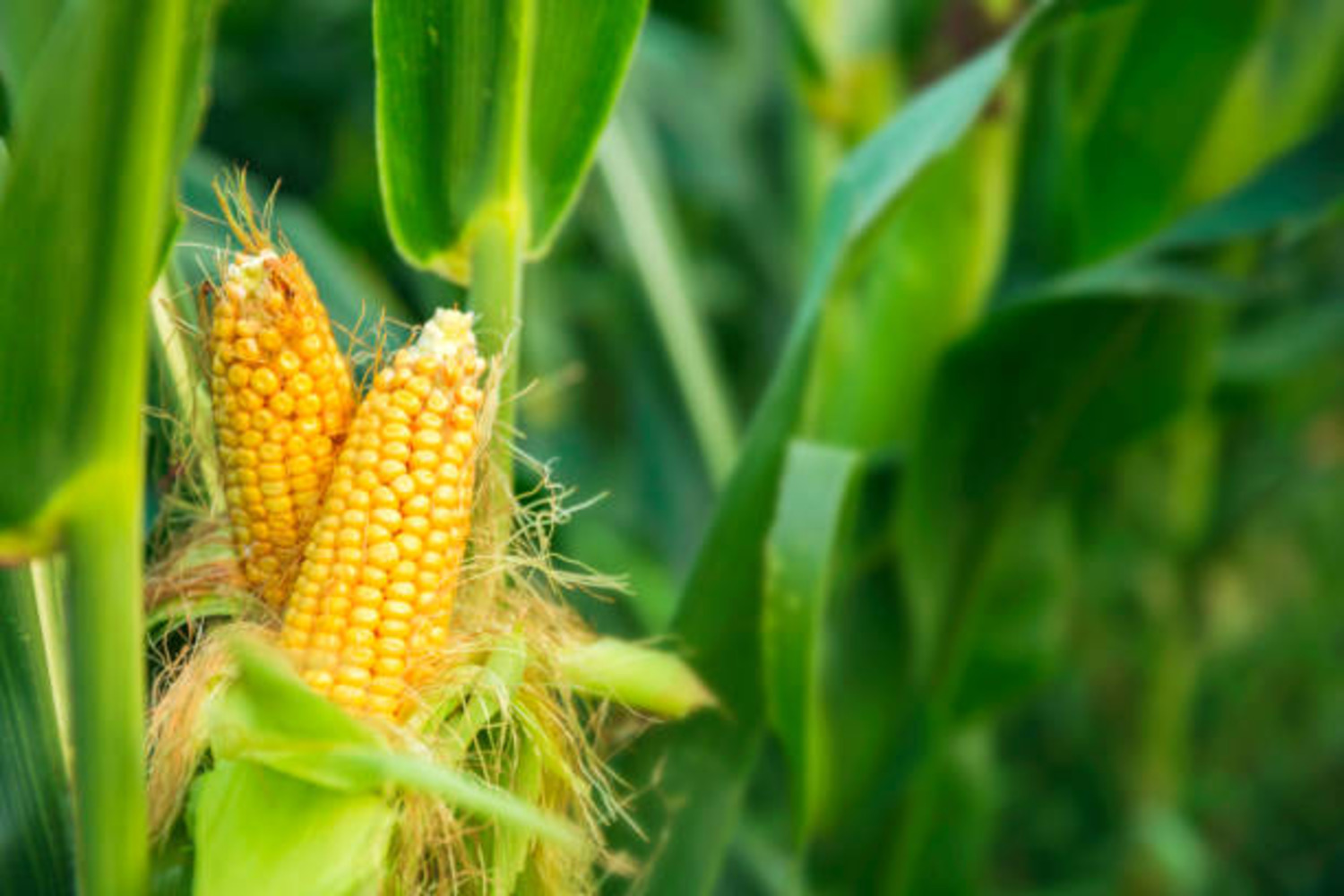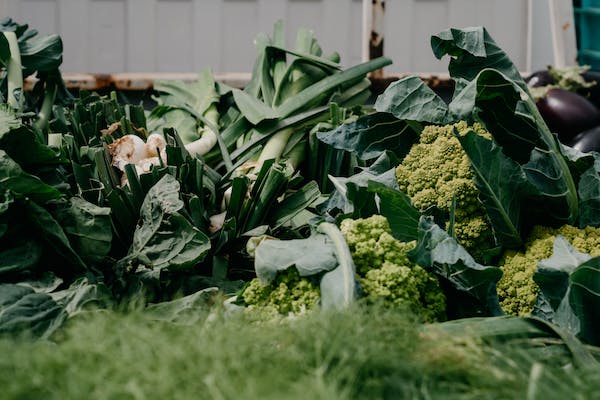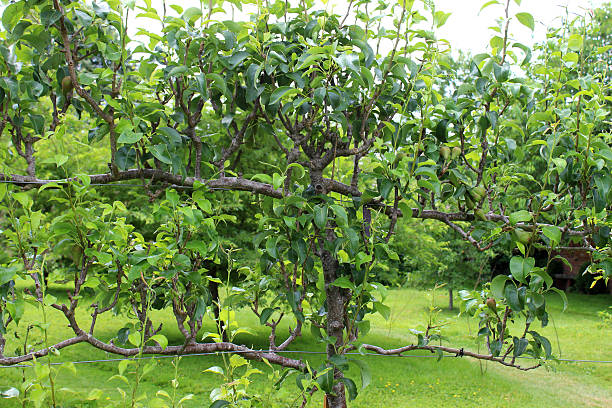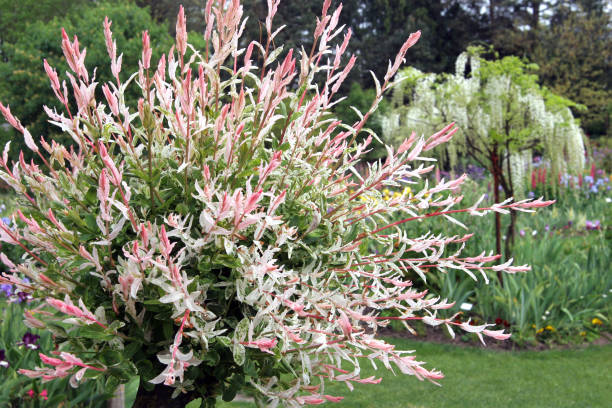How to Grow Corn in the UK 2 important types
Embarking on a journey to grow corn in the picturesque landscapes of the United Kingdom is akin to weaving a tapestry of history and innovation. From the lush valleys of Cornwall to the rolling hills of Scotland, the art of cultivating this staple crop has taken root and evolved into a captivating endeavor. Join us as we delve into the intricacies of weathering the British climate, nurturing every kernel with care, and reaping the rewards of your own bountiful corn harvest. 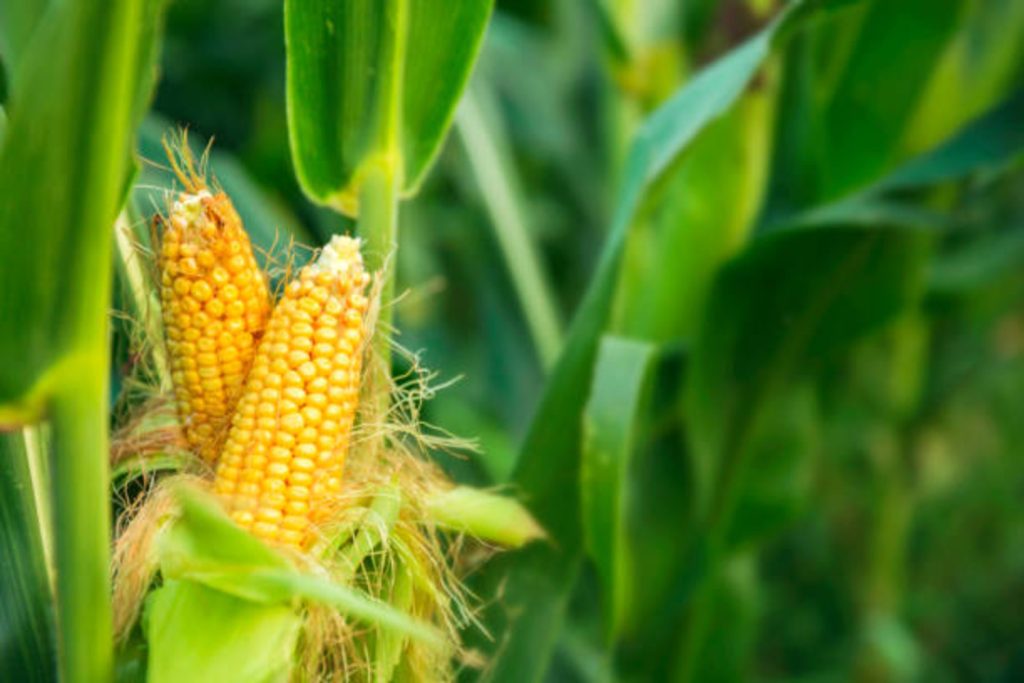
How to Grow Corn in the UK
To cultivate this versatile crop, consider factors like climate, soil, and planting techniques. With its increasing popularity among UK gardeners, learning how to grow corn can be an exciting and rewarding endeavor.
Discover the art of growing corn in the UK, a journey filled with unique challenges and rewarding harvests. The secrets to successful corn cultivation, from selecting the right varieties to nurturing the soil, managing pests, and embracing the rhythm of growth.
Pre-Planting Preparation
Choosing the Right Corn Varieties:
When embarking on your journey to grow corn in the UK, selecting the perfect corn varieties is paramount to ensure a bountiful harvest. With the UK’s distinct climate, opt for short-season corn varieties that thrive in cooler conditions.
Distinguish between sweet corn and field corn, aligning your choice with your culinary preferences or livestock needs. For those seeking a touch of nostalgia, consider embracing the charm of colorful heirloom varieties.
2 Types of corn
Sweet Corn vs. Field Corn:
The age-old debate between sweet corn and field corn hinges on their purposes. If you yearn for delectably sweet cobs perfect for barbecues, picnics, and family feasts, sweet corn varieties like “Honey Pearl” or “Golden Bantam” fit the bill.
On the other hand, if your ambition lies in livestock feed, silage, or industrial uses, field corn varieties such as “Pioneer 36D98” might be your choice.
Exploring Colorful Heirloom Varieties:
Inject character into your corn patch with heirloom varieties, each carrying a storied history and vibrant hues. Savor the intrigue of “Glass Gem,” a kaleidoscope of corn kernels resembling precious gems, or the richly maroon-hued “Strawberry Popcorn.”
Soil Preparation
Before the first seeds find their home in the earth, preparing the soil emerges as a pivotal act in your corn-growing endeavor. This crucial step lays the groundwork for a season of robust growth and generous harvests.
The art of soil preparation involves understanding soil requirements, soil testing, and the judicious application of organic matter for optimal fertility.
Soil Requirements for Optimal Growth:
The soil beneath your feet is more than a mere canvas; it’s the very bedrock of your corn’s prosperity. Corn craves well-drained soil, brimming with nutrients like nitrogen, phosphorus, and potassium. Equally vital is maintaining the right pH balance, typically ranging between 5.8 and 6.8, to ensure nutrient uptake.
Soil Testing and pH Adjustment:
Embarking on a journey of successful soil preparation necessitates soil testing. Unearth insights into your soil’s nutrient composition and pH levels, guiding your decisions on amendments.
If your pH veers off-course, amendments like lime or sulfur can recalibrate the equilibrium, ensuring your corn receives nutrients with open arms.
Enriching with Organic Matter:
Elevate your soil’s potential by infusing it with life-giving organic matter. Whether it’s compost, well-rotted manure, or cover crops, these organic additions enhance soil structure, water retention, and nutrient availability. As organic matter decomposes, it weaves a tapestry of fertility that cradles your corn’s roots in common
Planting Corn Seeds:
In the symphony of corn cultivation, the act of planting corn seeds orchestrates the beginning of a remarkable journey. It’s the moment when you sow the very essence of your vision—rows of vibrant green, sun-kissed cornstalks waving in the breeze.
As you embark on this step, consider planting time, pre-soaking seeds, and adhering to guidelines for depth and spacing to set the stage for a thriving cornfield.
Choosing the Optimal Planting Time:
Timing is the conductor of nature’s orchestra, and for planting corn, it’s no different. Await the whispers of warmer weather and soil temperatures around 50-55°F (10-13°C). Planting too early might lead to the shivers of frostbite, while delaying could hinder your corn’s growth spurt.
Pre-Soaking Seeds for Vigorous Germination:
To grant your corn seeds a head start, consider the art of pre-soaking. Immerse the seeds in water for several hours, awakening the dormant life within. This gentle nudge accelerates germination, giving your seeds a fighting chance against adverse conditions.
Precision in Depth and Spacing:
The ballet of corn seeds demands precision. Plant them around 1-1.5 inches deep, allowing them to anchor themselves firmly in the soil without burying their potential. Respect the recommended spacing—usually about 9-12 inches apart—letting each seedling claim its space without jostling its neighbors.
Corn Care
Providing Adequate Care: Nurturing Corn’s Flourishing Symphony of Growth
As your cornfield transforms into a lush landscape of promise, providing adequate care orchestrates the harmonious crescendo of growth. Like a maestro conducting a symphony, you wield the baton of watering strategies, nutrient-rich fertilization routines, and the protective embrace of mulching. These acts weave together to compose a vibrant tapestry of robust, verdant cornstalks.
Watering Strategies for Vitality:
In the delicate dance of care, water stands as the essential rhythm. Corn’s thirst is profound during its rapid growth phase, so aim to provide consistent moisture without drenching the roots. Deep, infrequent watering encourages roots to explore the depths, ensuring your corn stands tall in the face of drought.
Fertilization Routines for Nutrient Harmony:
Just as a well-composed melody requires different notes, corn’s growth thrives on an ensemble of nutrients. Introduce a balanced fertilization routine, rich in nitrogen, phosphorus, and potassium. Whether through organic or synthetic fertilizers, you harmonize your soil’s composition, nurturing a vibrant chorus of cornstalks.
Mulching: A Protective Symphony:
Embrace the protective rhythm of mulching, a technique that shields your cornfield’s earth from the sways of temperature fluctuations and invasive weeds. A blanket of straw, leaves, or compost acts as a natural conductor, regulating soil moisture and temperature while encouraging a melodious absence of weed competition.
Harvesting and Storing Corn
Harvesting Corn: Reaping the Fruits of Your Cornfield’s Symphony
The crescendo of your cornfield’s journey culminates in the act of harvesting corn, where the promises sown earlier materialize into golden cobs, ready to grace your table. This stage requires a keen eye for ripeness signs, finesse in harvesting techniques, and wisdom in post-harvest handling to ensure the sweetest, most succulent corn on your plate.
Recognizing Signs of Ripe Corn Ears:
In the theater of corn harvest, timing is everything. Gauge the readiness of your corn by inspecting its ears. Seek plump kernels that yield slightly to gentle pressure, indicating optimal maturity. Check for brown, dry silks and kernels that are evenly spaced on the cob, whispering that the time for harvest has arrived.
Harvesting Techniques for Culinary Perfection:
To pluck your corn’s symphony at its zenith, employ gentle and precise harvesting techniques. Grasp the ear firmly but delicately, then give it a swift, downward tug. This graceful gesture severs the ear from its stalk, preserving the kernels’ integrity and flavor for your culinary creations.
Post-Harvest Handling: Nurturing the Harvest’s Finale:
After the grand performance of harvesting, your role shifts to post-harvest handling. For optimal freshness, enjoy your corn as soon as possible after harvest, as its sugars begin to convert into starch. If storing is necessary, wrap each ear in a damp paper towel and seal it within a plastic bag before placing it in the refrigerator.
Trouble shooting Guide:
Embarking on the journey of growing corn comes with its share of twists and turns, but fear not, for the troubleshooting guide stands as your compass through the labyrinth of challenges. This guide serves as your trusty companion, offering remedies for common issues like pests, diseases, and growth hiccups, ensuring your cornfield’s rhythm remains unbroken.
Quick Reference for Common Issues:
Picture this guide as your flashlight in the dark corners of corn cultivation. From the uninvited guests of aphids and cutworms to the mysterious maladies of leaf spots and wilting, the common issues section illuminates the path toward effective solutions.
Solutions and Remedies for Corn Woes:
Like a seasoned detective, the guide unravels mysteries and presents you with a toolbox of solutions. Discover the magic of integrated pest management, where beneficial insects are allies in the fight against destructive pests.
Equip yourself with natural or organic treatments to combat diseases and ailments that challenge your corn’s growth.
In the harmonious cadence of corn cultivation, challenges may arise like unexpected notes in a melody. Yet, with your trusted troubleshooting guide in hand, you possess the wisdom to navigate these variations, transforming obstacles into opportunities for growth. Your cornfield’s journey becomes not only a testament to your care but also a symphony of resilience and triumph.
(FAQ) about Growing Corn in the UK
What corn varieties are best suited for the UK climate?
Corn varieties with shorter growing seasons, cold tolerance, and adaptability to cooler temperatures are ideal for the UK. Look for early-maturing varieties and those known for thriving in temperate climates.
Can I grow both sweet corn and field corn in the UK?
Absolutely! You can grow both sweet corn, enjoyed as a delectable treat, and field corn, used for animal feed or industrial purposes. Select varieties based on your intended use.
When is the best time to plant corn seeds in the UK?
Wait for soil temperatures to reach around 50-55°F (10-13°C) before planting corn seeds. Planting too early may expose seedlings to frost, while planting too late can result in delayed growth.
How do I prevent common pests from damaging my corn plants?
Employ integrated pest management techniques, which involve introducing beneficial insects, practicing crop rotation, and using natural remedies like neem oil or insecticidal soap to keep pests at bay.
What’s the recommended method for harvesting corn ears?
Gently grasp a ripe ear and give it a swift downward tug to harvest. The plumpness of kernels and brown, dry silks are good indicators of ripeness.
What’s the best way to store harvested corn?
Enjoy freshly harvested corn as soon as possible for optimal flavor. If storing is necessary, wrap each ear in a damp paper towel, place it in a plastic bag, and store in the refrigerator
Can I grow corn in containers in the UK?
While it’s possible to grow corn in large containers, it’s important to choose compact or dwarf corn varieties suitable for container gardening. Ensure the containers are deep enough to accommodate corn’s root system.
What should I do if my corn plants are growing slowly?
Slow growth might result from poor soil conditions, inadequate watering, or nutrient deficiencies. Check soil moisture, ensure proper drainage, and consider adjusting fertilization practices.
How do I know if my corn plants are suffering from a disease?
Look for symptoms like yellowing leaves, wilting, discoloration, or unusual spots on leaves. If you suspect a disease, promptly identify the issue and apply appropriate treatments, such as fungicides or cultural practices.
Conclusion
In the sprawling fields of corn cultivation, mastering the art of growing corn in the UK is a testament to nature’s collaboration and your unwavering commitment. As you’ve learned, it’s not merely about sowing seeds and waiting; it’s about orchestrating a symphony of care, from selecting the right varieties to nurturing the soil, guiding growth, and reaping the rewards of your efforts.
With each golden cob, you’ve woven a narrative of resilience, ingenuity, and the deep connection between land and sustenance. As your cornfield whispers stories of growth in the breeze, remember that your journey is a part of a larger tapestry—a dance of nature and dedication. So, let your cornfields flourish, let your harvests be bountiful, and let your connection with the land be a source of endless inspiration. Happy corn growing!
